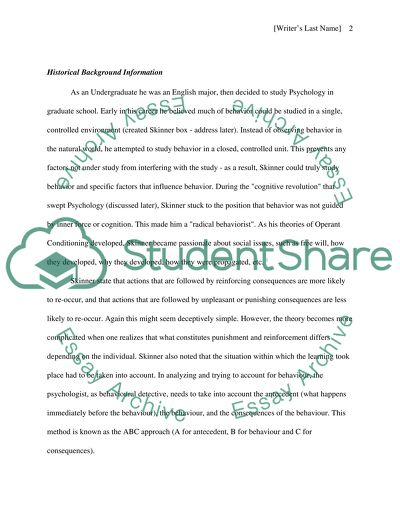Cite this document
(“Applications of Operant Conditioning at School Essay”, n.d.)
Retrieved from https://studentshare.org/education/1521901-applications-of-operant-conditioning-at-school
Retrieved from https://studentshare.org/education/1521901-applications-of-operant-conditioning-at-school
(Applications of Operant Conditioning at School Essay)
https://studentshare.org/education/1521901-applications-of-operant-conditioning-at-school.
https://studentshare.org/education/1521901-applications-of-operant-conditioning-at-school.
“Applications of Operant Conditioning at School Essay”, n.d. https://studentshare.org/education/1521901-applications-of-operant-conditioning-at-school.


